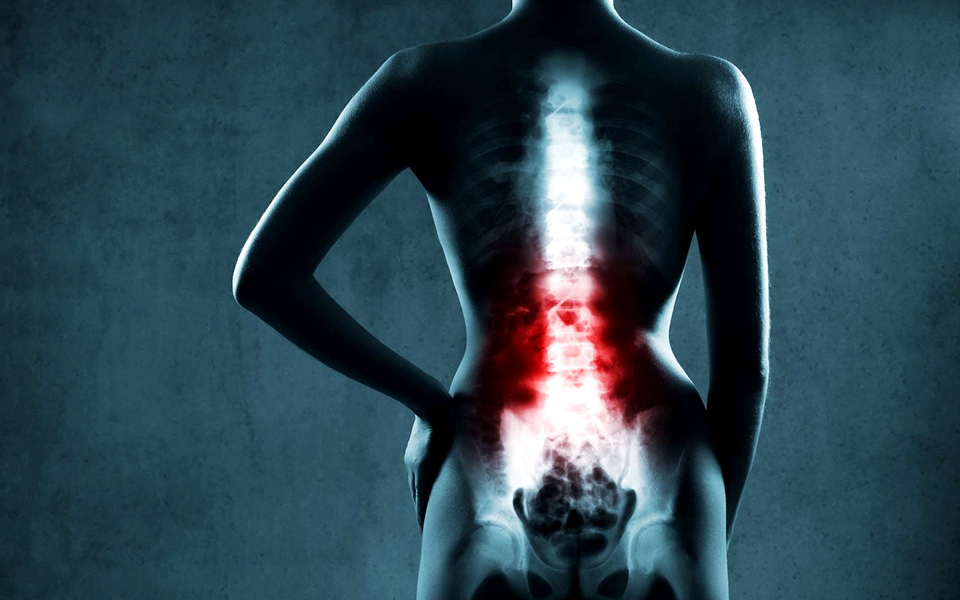Many of the causes of low back pain are still unknown but there has been sufficient evidences indicating that both degenerative and mechanical change within the intervertebral disk is one cause.
Lower Back Pain Symptoms, Diagnosis, and Treatment
The lower back is a complex structure of interconnected and overlapping parts, joints and tissues:
- Tendons and muscles and other soft tissues
- Highly sensitive nerves and nerve roots that travel from the lower back down into the legs and feet
- Small and complex joints
- Spinal discs with their gel-like looking inner cores.
An irritation or problem with any of these structures can cause lower back pain and/or pain that spreads to other parts of the body. Pain from resultant lower back muscle spasms can be severe, and pain from a number of syndromes can become chronic.
While lower back pain is extremely common, the symptoms and severity of lower back pain vary greatly. A simple lower back muscle strain might be excruciating enough to necessitate an emergency room visit, while a degenerating disc might cause only mild, intermittent discomfort.

Function (Lower Back)
In Everyday Life
The lower back aids us to extend our upper body (think: leaning backwards) and the abdominal prevent us from hyperextending. Hence a combination enables us to do the “limbo” dance. The intervertebral disk in our spines are (think: picture of the yellow gel looking pads in between the columns of spine bones) what absorbs shock in every direction.
Unfortunately, its weakness is that it cannot overcome acute pressure forces well.
In Sports
Does it only happen to elderly people? Big no. It can arise due to overtraining as well as engaging in everyday activities in poor posture.
Cause or symptom? Does posture have an influence on the intervertebral disk? Yes. An intervertebral disk has an onion-like structure. Both a cause of pore posture and symptom of over-training.
In sports, when the lower body is out of alignment, it can put unnecessary pressure on your lower back and after long time, affect the intervertebral disks.
Common Mistake
Sedentary Lifestyle Puts You at Risk of Back Pain – and Much More. There is one common denominator among most patients who suffer from severe cases of chronic pain: sedentary lifestyle.
A majority of back, neck, and other muscle pains are related to imbalanced distribution of force throughout your body, which is created by working or staying in unnatural positions for extended periods.
Prolonged sitting and poor posture are major risk factors of not only back pain, but also of weight gain, obesity, joint problems, nerve problems like carpal tunnel syndrome, and other debilitating diseases. In fact, prolonged sitting – along with smoking and obesity – is now an important risk factor for chronic disease!

An analysis of 18 studies showed the value of reduced sitting. It was found that people who sat for the longest periods of time were twice as likely to develop heart disease or diabetes, compared to those who sat the least. This proves that being physically active is great not only for your back, but also for your overall health.
In fact, reducing your sitting time may even prolong your life. One study published in the British Medical Journal found that reducing the average time you spend sitting to less than three hours per day may increase your life expectancy by two years (the average American today spends 4.5 to five hours per day on a chair or sofa).
So if you have chronic back pain, it is critical that you evaluate your lifestyle and whether or not you’re getting enough exercise.
Failing to exercise, and moving your body enough in general, may be the main reason why you’re suffering from this condition. Do not lift in bad form and do not engage in power lifting as mundane training.
Do you suffer from lower back pain? How do you fight and cure the pain? Let us know in the comments below.





